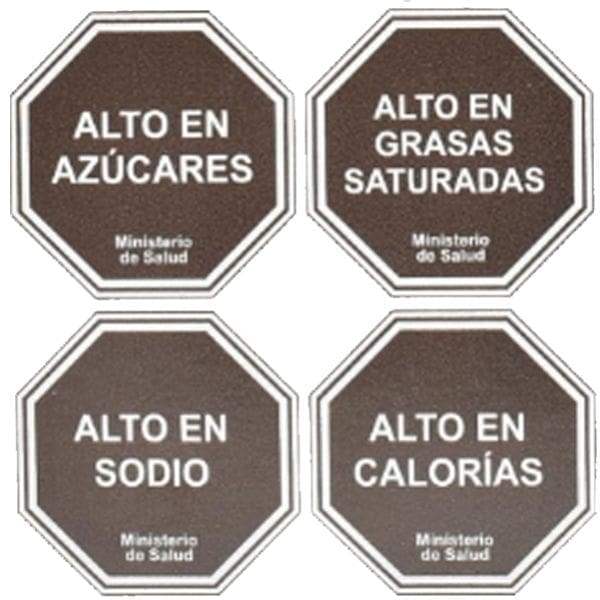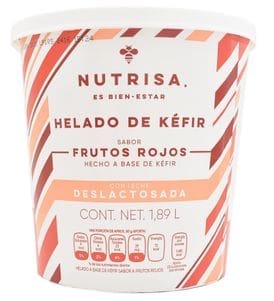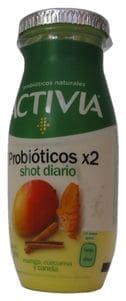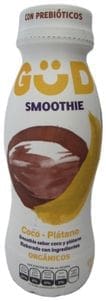The pressure to make products healthier continues to grow, making this the right time to reformulate food and drink. Latin America countries have emphasized their focus on health, such as warning labels in Chile and sugar taxes in Mexico. Food and drink brands can seize on opportunities by including ingredients and launching products that are aimed at health without losing taste.
New warning labels will put more pressure to reduce sugar in Mexico

Nutrition warning labels, coupled with sugar taxes, will continue to put pressure on brands to offer healthier products in the region.
A new law in Mexico aims to bring warning labels to the front-of-pack on food and drink products that contain high levels of sugar, sodium, calories and saturated fat. The proposal in Mexico is modeled after the warning labels in Chile.
Nutrition warning labels are sweeping across Latin America as part of a larger strategy to reduce obesity and improve public health. Black hexagon warning labels that tell consumers if a product is too high in fat, sugar, calories or sodium have been in place in Chile since 2016 and were recently introduced in both Uruguay and Peru. The United Nations has praised the Health Ministry in Peru for its “outstanding contribution” to prevent non-communicable diseases with the new labels.
Sugar reduction will need to move beyond beverages in Mexico
The new labeling scheme in Mexico has potential to add pressure on brands to reduce sugar content in more categories in order to avoid a high-sugar warning label.
Introduced in 2014, the sugar tax added one peso per liter on drinks with added sugar and has spurred low/reduced sugar beverage launches in Mexico, including carbonated soft drink category, although that category sees more sugar-free than low/reduced sugar claims.
Target sugar reduction in spoonable yogurts in Mexico
Mexico’s yogurt market can be a lucrative destination for dairy brands if they get their approach to sugar right. Over the past five years, the average sugar content in spoonable yogurt has stayed around 11g of sugar/100g product in Mexico. However, in Brazil and Colombia, the average sugar content in spoonable yogurts has started to decline.
Stevia and sucralose are common ingredients used for sugar reduction in spoonable yogurts across Latin America.
Lactase holds promise for sugar reduction in yogurts
Using lactase to reduce the sugar content in spoonable yogurt is one strategy for brands to pursue. Lactase is an enzyme that breaks down the disaccharide lactose into its sweeter monosaccharides, glucose and galactose, and is useful for delivering subtle added-sugar reductions.
Looking at spoonable yogurt product introductions around the world, launches with lactase are most common in Latin America, driven by product launches in Chile and Brazil. In Latin America, spoonable yogurts that contains lactase often use sweetener ingredients, especially sucralose and stevia.
According to Mintel GNPD, in the past five years, nearly a quarter (24%) of spoonable yogurt launches in Chile used lactase as well as 13% in Brazil. However, only 3% of spoonable yogurts launched in Mexico used lactase.
Allulose emerges in reduced-sugar dairy products in Mexico
Allulose pairs up with polydextrose
Nutrisa Red Fruits Flavored Kefir Ice Cream is frozen kefir made with lactose-free milk and also uses allulose and polydextrose to create a low-sugar frozen dessert product (Mexico).
Allulose and stevia blend
Activia Cinnamon Flavored Fermented Drink with Mango and Curcuma is described as a daily shot and is made with natural ingredients, contains two times more probiotics and is free from added sugar and lactose (Mexico).
Allulose, stevia and monk fruit
Güd Coconut-Banana Flavored Smoothie contains prebiotics and 7g of fiber from chicory extract, and uses a blend of sweeteners: allulose, malt extract, stevia and monk fruit (Mexico).
What we think
Nutrition warning labels, coupled with sugar taxes, will continue to put pressure on brands to offer healthier products in Latin America. Brands should expand their portfolios to include reduced sugar options across categories, especially in Mexico where warning labels seem imminent. Sweeteners, such as sucralose and stevia, are currently popular in low/reduced-sugar products in Mexico, and new strategies, such as using allulose or lactase in dairy products, have potential to assist with reformulation targets.











































